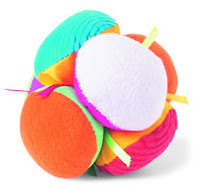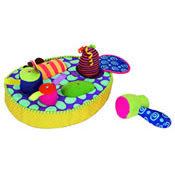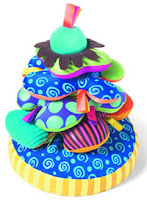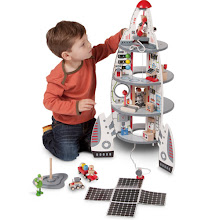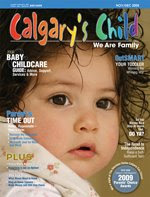
From their first hour alive, babies begin to learn about the world around them. Our support, attention, awareness, and response, will have a very strong influence on their social, emotional, intellectual, motor, and language development.
One of the most important things you can do for your newborn is to help them feel comfortable in their surroundings. They are just starting to regulate their eating, sleeping, and emotions, that is why finding out what soothes and distresses them is very valuable. Always respond to their cries as this is important for their social and emotional development. It also nurtures trust, confidence, and self-soothing.
Even though we may not realize it, newborns use their body movements, facial expressions and sounds to communicate their feelings. Things like looking away, arching their backs, or frowning when they need to take a break. They will have different cries for when they want to eat, sleep or get a change of diaper. Acknowledging and responding to them will help build a positive sense of self and will encourage them to continue to communicate.
(source)To further develop a
newborn's communication skills talk and sing to them. Tell them what you are doing and what they are doing. See if there are sights and sounds they like. Find toys or everyday items with different colours and textures and let them explore. In fact your face and those of loved ones will be what baby will find most fascinating. You can play with them by putting your face close to theirs and letting them look at you and touch you. Play a game of naming the parts of your face they are touching and do the same to them.
The most important thing you can do the first two months is to always respond to your baby, pay attention to what they need and provide them with what that may be. All this will contribute to the foundation for their social, emotional, and language development.
 I thought I would share some Halloween stuff I found while looking around the Internet.
I thought I would share some Halloween stuff I found while looking around the Internet.
